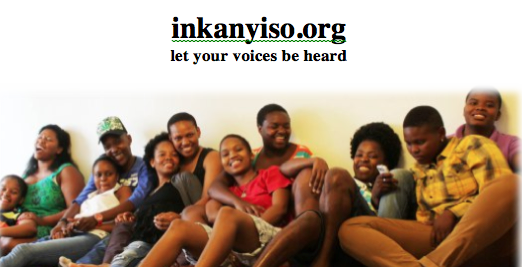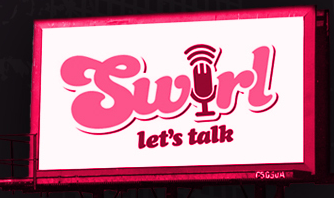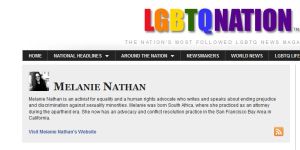By Melanie Nathan, April 15, 2013.
 As Lesbian, gay, bisexual and transgendered patient, especially those who have yet to come out, and others who are less pronounced in their declaration of being gay, those who live in less accepting communities, can pose different challenges for doctors and professional medical staff, starting with language and trust. In an article by Don Sapatkin of The Philadelphia Inquirer, we learn that Universities are developing courses to make doctors more effective:
As Lesbian, gay, bisexual and transgendered patient, especially those who have yet to come out, and others who are less pronounced in their declaration of being gay, those who live in less accepting communities, can pose different challenges for doctors and professional medical staff, starting with language and trust. In an article by Don Sapatkin of The Philadelphia Inquirer, we learn that Universities are developing courses to make doctors more effective:
“Take five or 10 minutes, the professor said, and write down things that you love, like, need or enjoy.”
Now pair up with someone you don’t know and spend 20 minutes introducing yourself. Talk about whatever you want. But don’t mention anything that you wrote down.
Try going on for a half-hour without a word about the most important things in life. Imagine a full day.
“It might be difficult,” said instructor Robin Brennan.
“That’s what this course is about. That is just a glimpse of what it is like for somebody who is LGBT” — lesbian, gay, bisexual or transgender.”
The course is about LGBT health disparities, many of which — such as higher-than-average rates of suicide, drug addiction and smoking — are linked to greater stress. Fear of sharing personal information, even with a doctor, doesn’t help, and the article notes further:
“The Drexel University School of Public Health this semester began what is believed to be the second program in the nation to offer a certificate in LGBT health.
The first, started in 2007 at the University of Pittsburgh, is taught on campus there. Drexel’s certificate is granted only to online students, although it is expected to be available in the future to those who take the courses in physical classrooms.”
And more of the step in the shoes of teaching:
“What do you think caused your heterosexuality? “I don’t remember doing it,” said Lauren Orsini.
AND another:
“Why do you flaunt your sexuality? Can’t you just be who you are and keep it quiet? — got to Tosin Seriki: “Flaunt? I am who I am. Keep it quiet? No. That’s me!”
Another exercise asked them to classify people as heterosexual, lesbian, gay or bisexual based on brief descriptions, such as: A man who is more attracted to men than women, although all of his sexual relationships have been with women.
There was no correct answer, but the questions helped students dig into the meaning of “sexual orientation.” (It is considered to be some combination of attraction, behavior and identity. Transgender, on the other hand, the T in LGBT, is all about gender identity; a trans man or woman may be straight, gay or bisexual.)
But labels oversimplify. More than 75 percent of lesbians have had a prior sexual experience with men, according to one study. And 9 percent of men who described themselves as straight in a 2006 New York City study said they had had sex with a man in the previous year.
That study also found something that doctors would want to know: Those 9 percent were less likely than other “straight” men to use a condom, raising their risk for HIV.
“Language is important,” Brennan told her students, many of whom want to go into medical professions. Even a routine form that asks for “marital status” may suggest to a gay person that the doctor doesn’t understand and may discourage the patient from revealing details about sexual orientation or gender identity.
Creating trust — by using the right language and asking the right questions — is essential to care, said Nurit Shein, executive director of the Mazzoni Center, whose primary care clinic in Center City focuses on the LGBT community.
READ MORE here




















 PoochParkWear customizes hoodies and t-shirts, the good, the naughty, the in between, whether proud or quirky let them be seen. We also offer biker jackets, croc or pleather collars, a variety of collar charms, and our special Zinja beaded collars made by a co-op of HIV-positive South African women, the Sisonke women who weave the beads onto the collars.
PoochParkWear customizes hoodies and t-shirts, the good, the naughty, the in between, whether proud or quirky let them be seen. We also offer biker jackets, croc or pleather collars, a variety of collar charms, and our special Zinja beaded collars made by a co-op of HIV-positive South African women, the Sisonke women who weave the beads onto the collars.

Leave a Reply